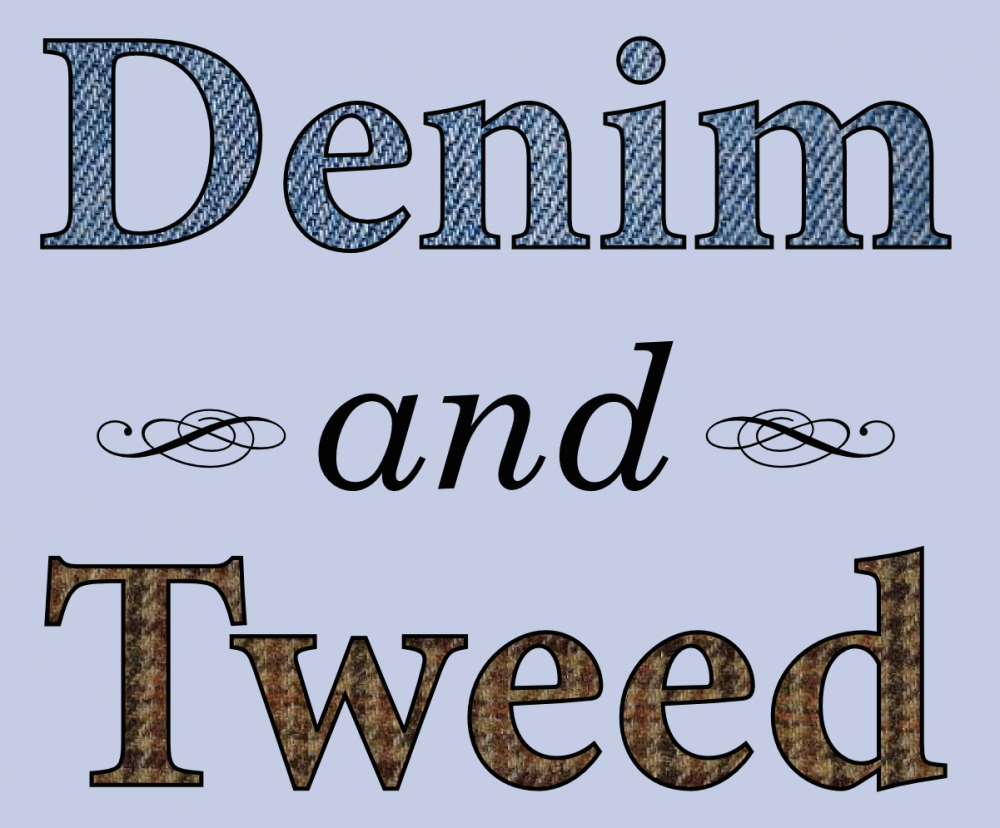I’m pleased and excited to announce that a project I’ve been working on for the last few months is finally ready to launch: A new, nationwide survey of queer folks working in science, technology, engineering, and mathematics.
You may recall that back when I hosted the first Pride Month edition of the Diversity in Science Carnival, one of the recurring themes was that, although we know lesbians, gay men, and bisexual and trans* folks work in STEM fields, our presence isn’t very visible. A few months ago, I started poking around the peer-reviewed literature, looking for studies of LGBT folks in science. I didn’t find much. Studies of LGBT folks in academia either focus primarily on undergraduate students, or consider faculty and staff across all academic disciplines as a group, or they consider very small, localized samples. And careers in STEM extend well beyond the campuses of research universities—what about folks outside the ivory tower?
I brought this up with my friend Allison Mattheis, who just happens to be the perfect person to talk to about this kind of thing: she’s just finished a Ph.D. in Organizational Leadership, Policy, and Development, and who is starting a faculty position in the College of Education at California State University Los Angeles this fall. Together we decided that, yes, there’s a real gap in the existing literature—and we want to close that gap.
So, in our not-very-considerable spare time, Alli and I have been putting together the first stage of a study to answer the questions we have about queer folks in STEM: who we are, what we study, and how our identities have shaped our interest in science and our experiences of working in research. That first stage is an online survey, which we’re hoping to distribute as widely as possible using a strategy called (heh) “snowball sampling”—asking folks who take the survey to pass it on to their friends and colleagues.
As of today, that survey is live and accepting responses at a dedicated website, QueerSTEM.org. If you’re lesbian, gay, bisexual, or trans*, have at least a Bachelor’s or technical degree, and are currently working in a STEM field in any capacity—from grad school to tenure-track faculty to corporate R&D to government employees to teachers—then we want to hear from you. Go take the survey, and then help us spread the word by sharing the short-link http://bit.ly/queerSTEM on Facebook and Google Plus, tweeting it (with the hashtag #QueerSTEM, if you please), or e-mailing it to folks who should contribute.
The plan is to leave the survey open for sampling until we’re satisified that we’ve collected a large, thorough sample of queer folks working in STEM in the U.S. I’ll share prelminary results as they become available—both here and on the blog at QueerSTEM.org—and, with any luck, we’ll ultimately publish what we find in an appropriate scholarly journal. We’re very excited to see the picture of sexual diversity in scientific careers that emerges from this work.◼
 Your new favorite plant? Photo by jby.
Your new favorite plant? Photo by jby.









